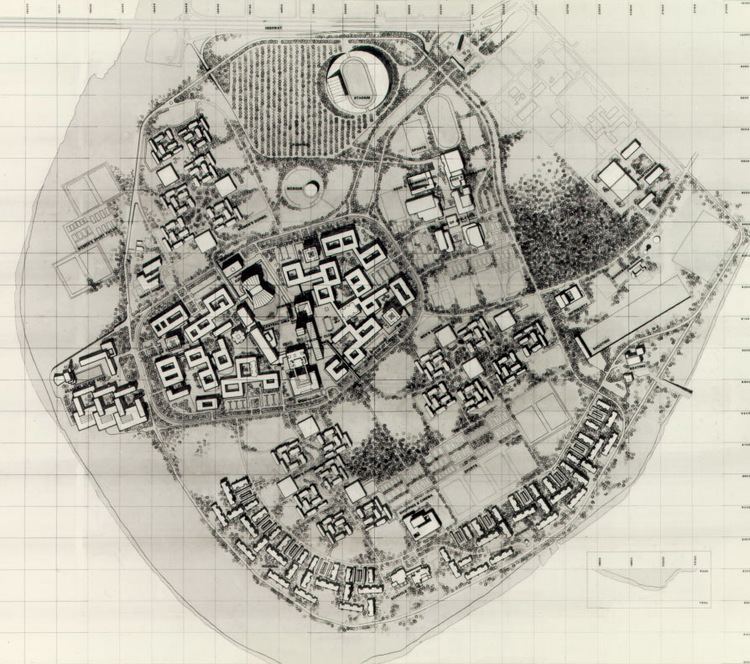Postgraduates 10,000 Founded 1957 Number of students 80,000 Undergraduates 70,000 | Established 1957 Phone +964 770 716 0860 Motto وقل رب زدني علما Colors Red, Blue, Green | |
 | ||
President Alaa Abdulhussein Abdulrasool Notable alumni Similar Al‑Mustansiriya University, University of Basrah, University of Al‑Qadisiyah, University of Kufa, University of Technolo Profiles | ||
The University of Baghdad (UOB) (Arabic: جامعة بغداد Jāmi'at Baghdād) is the largest university in Iraq and the second largest Arab university, behind the University of Cairo. The building is constructed by an Indian based construction company NBCC.
Contents
- Mannequin challenge 4th grade college of dentistry university of baghdad
- Nomenclature
- History
- Presidents
- Al Jadriya campus
- Bab Al Muadham campus
- Al Waziriya campus
- Nahda CrossRoad
- Notable alumni
- Notable development consultants
- References
Mannequin challenge 4th grade college of dentistry university of baghdad
Nomenclature
Both University of Baghdad and Baghdad University are used interchangeably.
History
The College of Islamic Sciences claims that it originated in 1067 A.D. as Abu-Haneefa. However, the College of Law, the earliest of the modern institutions that were to become the first constituent Colleges (i.e. Faculties) of the University of Baghdad, was founded in 1908. The College of Engineering was established in 1921; the Higher Teachers Training College and the Lower College of Education in 1923, the College of Medicine in 1927, and the College of Pharmacy in 1936. In 1942, the first higher institution for girls, Queen Alia College, was established. In 1943, proposals for further new Colleges appeared, leading to the foundation of the College of Arts and the College of Science in 1949, and Abu Ghraib College of Agriculture in 1950.
In 1922, a scheme had been initiated by the King for the organisation of a university at Bab al-Mu’azzam, but there were insufficient students qualified for admission. Nonetheless, a start was made on the creation of the university with the building of the Theological College. In January 1925, however, the Engineering School was transferred to the vacant upper floor of the Theological College building. In 1935, the Monroe Commission had argued that Iraq was not ready for a university, and the next attempt to establish a University did not commence until 1945. Then the ‘Morgan Report’ was prepared for the Iraqi government in 1947 by a senior member of the British Council’s staff. In 1948, however, the British Council’s proposals were rejected in favour of a plan drawn up by the Ministry, but no action followed. In May 1953, the British Council sponsored a further visit to Baghdad by a group of British university professors to give encouragement, once again, to the establishment of a university.
However, the first university in the country, Al-Hikma University, was founded by the American Roman Catholic Fathers (Jesuits) in 1956. In the same year, the government announced plans to amalgamate the existing state funded Colleges, enacting Royal decree number 60 of 1956 to establish the University of Baghdad. Its first President was appointed by Royal decree in 1957, and it commenced operations in 1958. Following the Ba’athist coup, in autumn 1968, Al Hikma University was taken over by the state and integrated into Baghdad University.
A new university campus was commissioned by the Royal Government of Iraq in the late 1950s and situated near the Tigris river. Its buildings were designed by Walter Gropius, Louis McMillen and Robert McMillan of The Architects Collaborative, who commenced their master plan in the 1950s for a new university campus for the Colleges of Engineering, Sciences and Liberal Arts for a total of 6,800 students.
The campus was expanded in 1982 to accommodate 20,000 students plus support facilities. Architect Hisham N. Ashkouri and Robert Owen developed the full academic space program for the entire campus.
